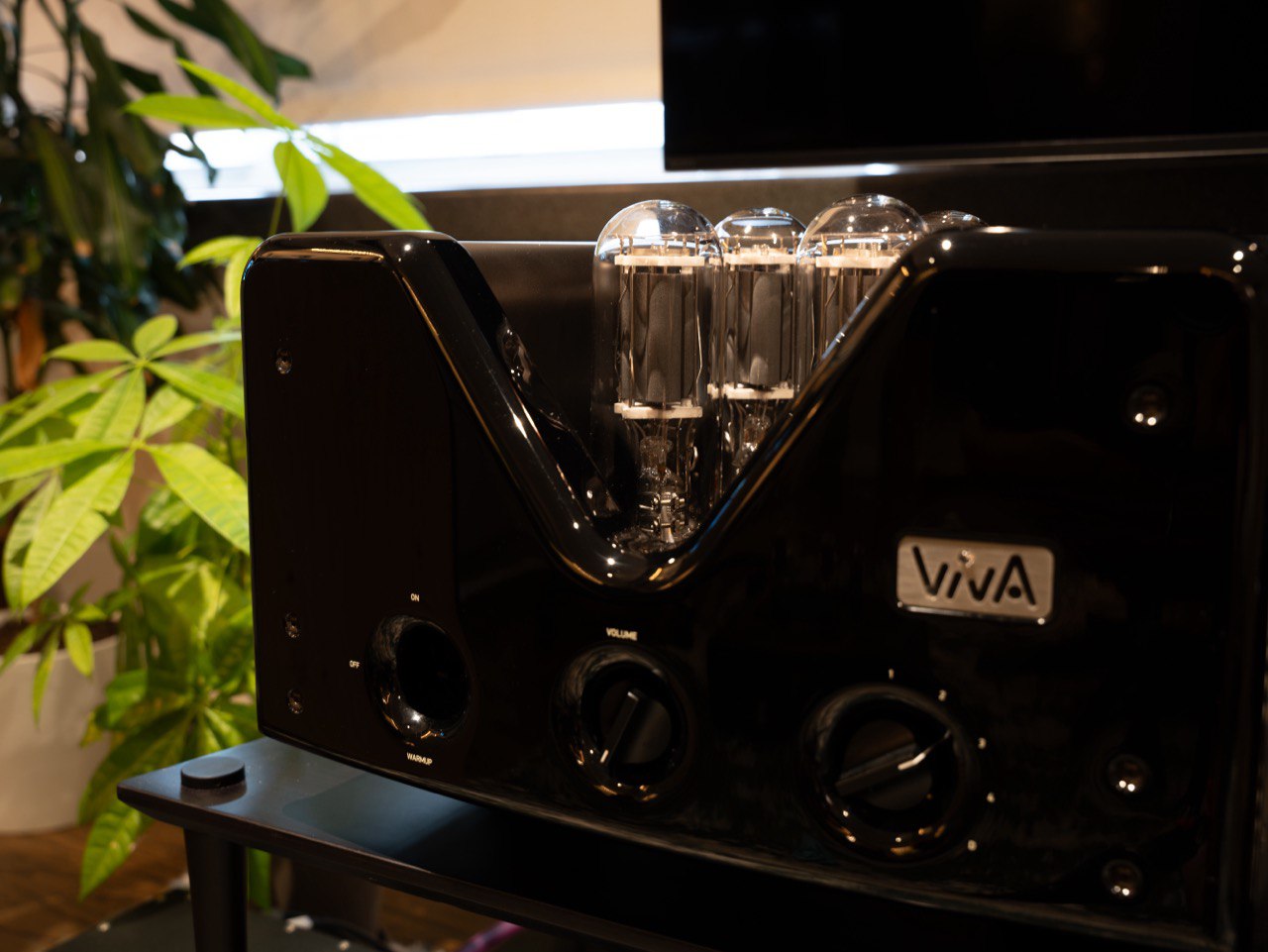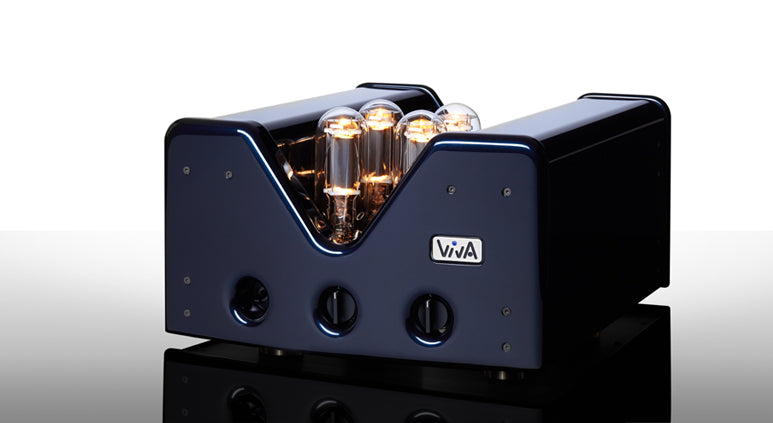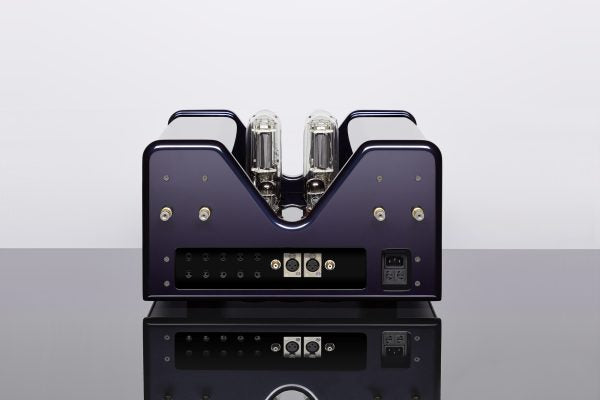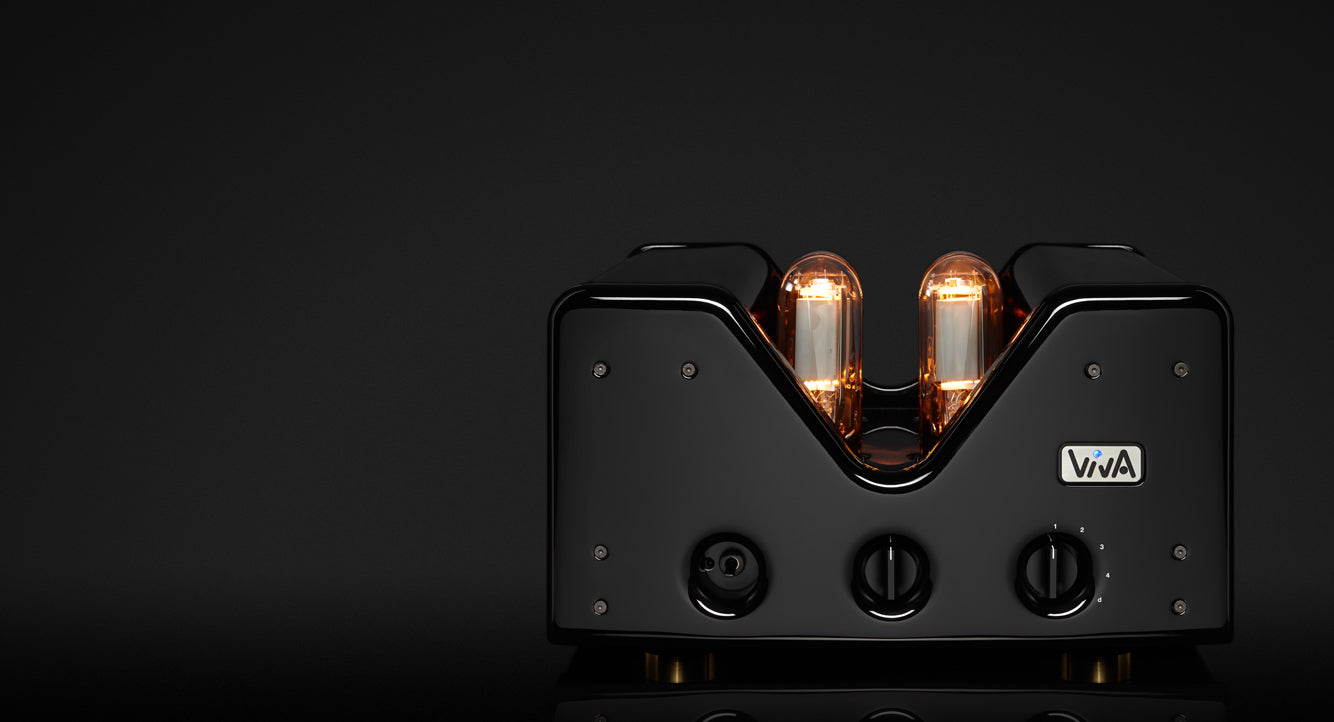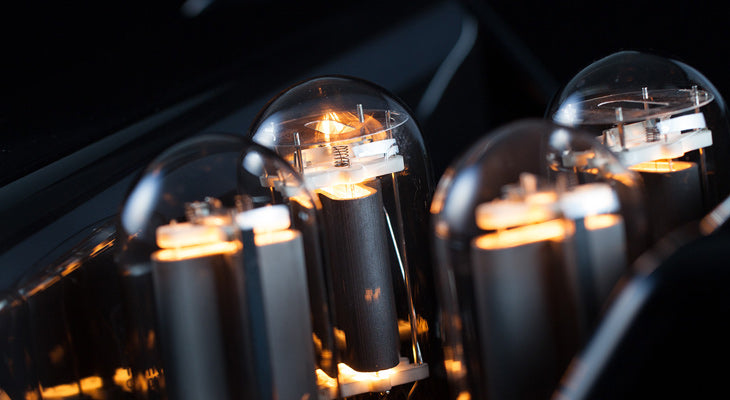I’ve always had a special spot in my heart for tube gear. There's always been something that drew me to it. Not to say that their solid-state counterparts don’t have merit, but there’s a certain romance and character to tubes that’s hard to pass up. Over the years, I’ve worked my way through OTL, Hybrids, push-pull, culminating with SET. Each carry some of those defining characteristics I love about tube amps but none so much as SET amps. Where I felt a few of the others made tradeoffs to achieve their desired sound, I couldn’t find those same trade offs in SET amps. Voices and instruments seem to come more alive and retain more natural presence to them. Nothing is overly warm or bloated as can happen in some of the other topologies. Instead sticking with a more balanced sound which is incredibly open and revealing. Now some of these traits can change a bit depending on tube selection but the basics remain true. For SET amp tube choice, its hard to deny the overarching favoritism of the 300b. Originally developed by Western Electric, they heavily favor mid-range in their tonal presentation with a wide stage and delicate top end. I’ve had the chance to listen to and live with a few different 300b amps now with a variety of tubes. While I can certainly see where they excel, I think I’ve found what I was looking for in 845s.
Viva was founded in 1996 by designer Amedeo Schembri with his brother Giampietro in Vincenza, Italy. I was lucky enough to meet Amedeo at Capital this year and it is easy to see how much care he puts into each and every one of these amps.
The Solista has gone through a few iterations since its first debut but still sticks to the same basic principles. It uses single-ended topology directly heated triodes, custom-wound transformers all point-to-point wired in a gorgeous “V” shaped chassis finished with automotive lacquer. Weighing in at 90lbs and measuring well over 20” in depth, this amp will be taking a permanent residence wherever it finds itself.
Once the Solista was in place, I could start getting it connected. There are 5 total inputs. 1 XLR and 4 RCA. One of the RCA is to use the Solista in a power amp configuration. This bypasses the first gain stage and allows you to use a separate preamp for volume control. Finally, there is also a pre-out which can be used with a subwoofer. SET amps tend to be on the lower power side so you’ll understand when I say the Solista has a whooping 22Wpc into 8ohms it really means something. In contrast, most SET 300b amps have around 8W. The signal passes through a pair of 6C45P then onto 6SN7 and finally a pair of 845s. I say a pair because the second pair in this case is actually used for power rectification. These can be substituted for 211s as well.
I spent quite a lot of time with the Solista before even starting to put my thoughts down. I switched things around during this course to see what each brought to the Solista. I used the Antipodes K50 as streamer and server, as well as testing the new SW1X VDT IV. Digital consisted of the SW1X DAC IV Special, Meitner MA3, Konus Digitale 2000, and Bricasti MC1 Dual Mono. Power conditioning was my trusty Isotek Aquarius V5. My current speakers are the Wolf Von Langa Sons, which I used for a majority of this. I also used headphones including Hifiman Susvara and Shangri La Sr, and the Focal Utopia. My first listens were such a sigh of relief that it was hard to put the proverbial pen to paper. Really everything I had been searching for in an amplifier seemed to be right in front of me, so I wanted to put it through the paces and in multiple configurations to see if it wasn’t just the honeymoon phase.
I started my initial tests by comparing the internal volume control to external preamps. I’m usually a bit wary of the volume control on integrated amps as it usually is not as well thought through as a full blown pre. This was not the case in my tests. After running through a few different preamps, it was easy to see how much this great offering is a complete package. Using the Solista with its own internal control far surpassed any pre I hooked up to it. Not to mention how satisfying it is to use the remote. For reference the remote seems to be milled of a single thick piece of aluminum with only two buttons and the logo engraved. It can as much be used as a remote as a home defense weapon should the situation arise. Another thing worth mentioning is the astonishingly low noise floor of this amp. In a lot of integrated amps, especially cheaper ones, there can be a lot of noise or hum associated. The Solista has no such issue and is probably the quietest tube amp I have heard to date.
Captivating. That’s how I would describe every second of my experience with this amp. From the first second I heard it, it drew me in to listen more. There are a lot of products where I can appreciate what they’re doing or the technical aspects, but the Solista made me forget about all that and drew me in with raw force alone. It struck a perfect balance between different pieces I loved about 300b amps as well as high-powered solid-state amps.
This was really apparent with subpar recordings. Recordings that you can tell were probably mastered for listening in a car stereo or on Airpods can sometimes sound a bit lacking on high end amps. They come across as flat and lifeless with only sheer volume as a supplement for dynamics. However, listening on the Solista, it breathed new life into these recordings. One of my favorite albums, Ivory by Gin Wigmore, opened up like never before. Her vocals were more weighted and impactful than I had heard before. The low end was extremely full while still being tight and punchy, and little details like the backing vocals and piano seemed to really pop out. All of this never sounded too colored that it ever came across as artificial. Instead, the recording seemed more alive than ever.
A really neat recording I found recently is History by Bokante. This is a side project founded by Michael League of Snarky Puppy. I was lucky enough to meet the person who worked on mastering this project recently. The Solista brought Milika’s vocals front and center. They were presented a bit more forward but not overly so, and with enough weight to make it feel like she was singing in the room with me. On Adjoni from the same album, the Solista separated all the instruments well in space and presented them quite wide and with good depth. Even when the music picked up, I could still accurately pick out each instrument’s place in the stage.
Switching paces a bit with one of my favorites is Blow Up by Isao Suzuki Trio. There aren’t a ton of amps out there that I think can truly portray Suzuki’s bass playing in the spotlight it deserves but the Solista did so handedly. While the speed in the low notes might not be as quick as its solid-state counterparts, they don’t quite hit the body and presence the Solista gives to each note. The Solista seems to do a much better job with low end than many of the other tube amps I’ve tried that can sound like they have a bit too much bloom that you miss a bit of resolution. While the Solista still has some and maintains that fullness its more detailed and impactful. What’s more is there’s so much detail presented to his playing. You can hear as he slides his fingers along the frets and the texture of the strings being plucked. The timbre seems very good overall, and the recording feels believable. Little details within the room being recorded can be picked up and seem to pop out more.
If I have a critique to keep things fair it would be that the low end is not going to be as fast as solid-state amps in the same price. It trades a bit of that speed for a touch of the characteristic bloom in the low end that people love with tube amps. I do think that it’s a bit more linear overall than some of the 300b amps I’ve heard but still presents full sounding bass. I find it to be the best of both worlds.
This amp to me is just straight enjoyment. It has so much technical prowess that it deserves to be mentioned but at the end of the day it’s all about the ability to enjoy the music. The Solista is the first amp I’ve heard that sucks you in and brings everything to life in such a way that it’s tangible. It feels as if it gives real flesh and blood to the singers out in front of me that I haven’t quite heard before. The soundstage is wide with details that are organized neatly and accurately within it. Transients pop in a delightful way that brings them to life, and vocals have such weight and energy that it keeps you listening for hours. If the money is there, it would be impossible for me to not recommend this amplifier.

